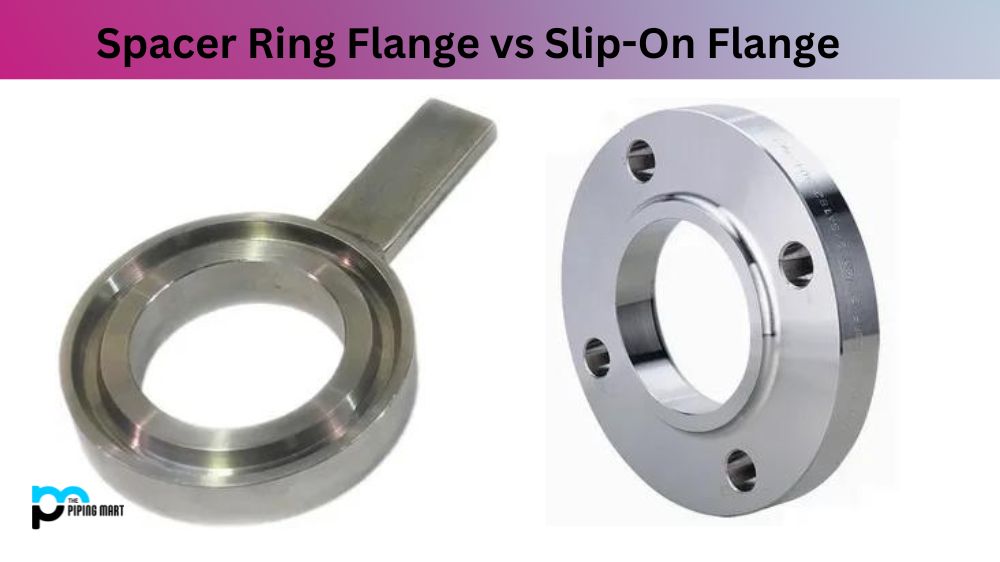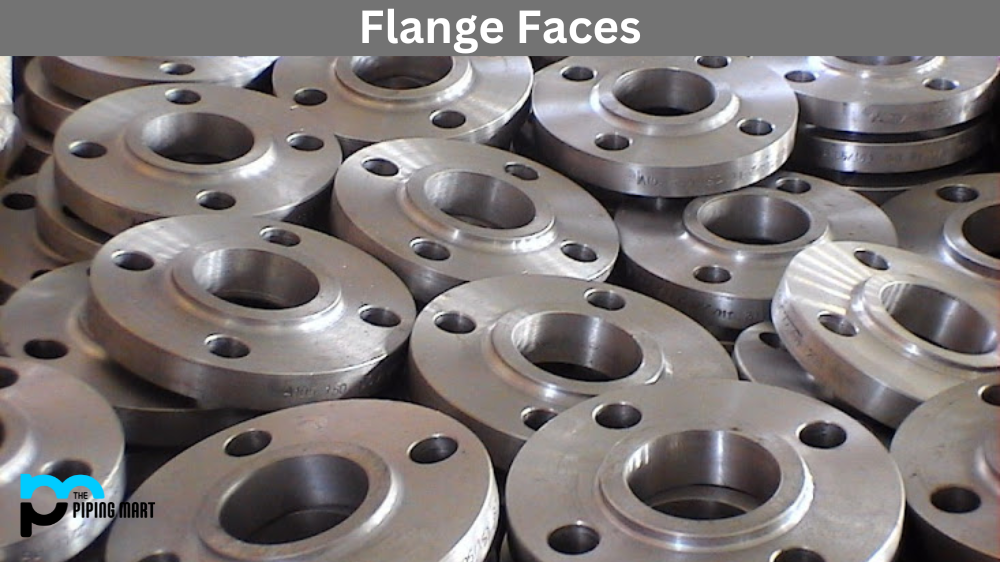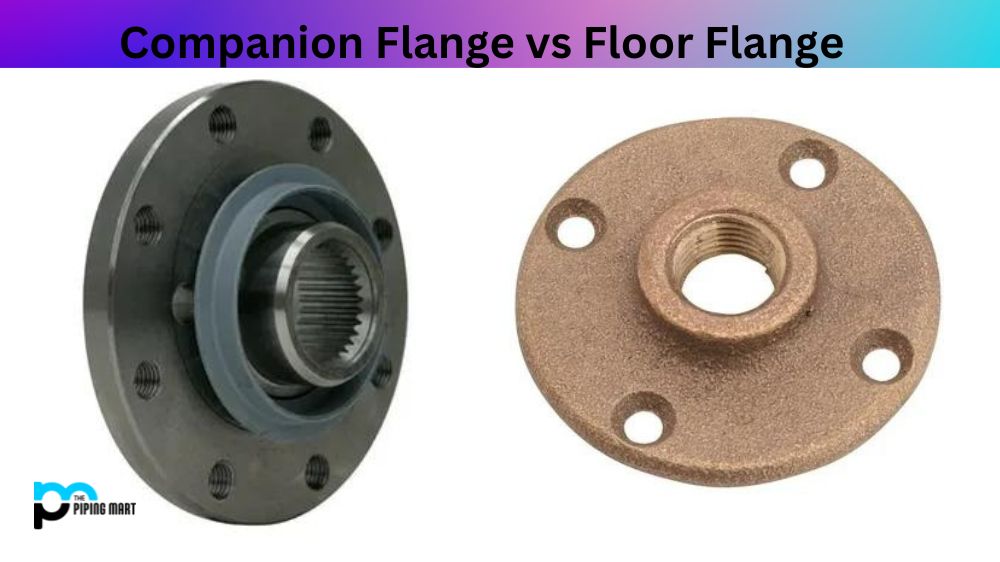Are you familiar with the two terms nipoflange and flangeolet? These are commonly used in the piping industry and often confuse industry professionals. In this blog post, we’ll explore the differences between nipoflanges and flangeolets and help you understand which is more suitable for your application. So, let’s delve into the world of piping and fittings!
What is Nipoflange?
A nipoflange is an engineered tool to connect a pipe flange or a tube end in the piping system. It’s designed to provide enhanced strength and ease of installation for industrial equipment. It comprises two components, a basic collar and an integrated ‘nipping’ system, which form a complete joint. The nipping element provides superior sealing capability compared to traditional methods. It offers much faster assembly than welding or other joining techniques requiring special tools. This makes it ideal for high-pressure applications like oil refineries and pressure vessels where safety is paramount.
What is Flangeolet?
A flangeolet is a type of pipe fitting used in plumbing and heating systems. A socket-type fitting made from forged materials, such as stainless steel, brass or copper, connects a pipe to another object. Flangeolets usually have two parallel faces with an internal collar connecting the two parts. The advantage of using this type of fitting is that it provides a secure connection against pressure and vibration due to its design. Furthermore, it offers increased flexibility at joints since it can be rotated after installation without affecting the integrity of the joint itself. Lastly, flageolets are easy to install because they don’t require welding or bolting. All you need are basic tools like wrenches and hex keys!
Difference Between Nipoflange and Flangeolet
Definition:
A nipoflange is a type of flange that integrates a welded branch connection. On the other hand, flageolets are flanges with a lateral outlet connection. Flangeolets are secured to a pipe end with a weld, and the outlet can be attached to any threaded or welded connection. While both nipoflanges and flangeolets have a similar purpose – to connect a lateral flowline from a main pipeline – their designs differ.
Fabrication:
Nipoflanges and flangeolets are manufactured from the same materials, including carbon steel, stainless steel, and other alloys. Nipoflanges are forged, while flangeolets are machined. Additionally, nipoflanges are utilized to achieve a smaller header size since lateral outlets are smaller. In contrast, flangeolets are used to better fit the flange in the piping system for increased resistance to corrosion.
Pressure Rating:
Nipoflanges are built to adhere to high-pressure ratings in comparison to flangeolets. This makes nipoflanges more appropriate when considering higher-pressure applications. Flangeolets, conversely, are more suited for low-pressure applications, such as instrumentation systems or applications with corrosive mediums, such as seawater.
Size:
Flangeolets can be found in smaller and standard sizes, although bigger ones could create an issue during installation. Nipoflanges come in generally smaller sizes due to their outlet size restrictions. They are typically used in the chemical industry in processes that require very particular macron fittings. Therefore, nipoflanges are suitable for comparatively small applications that need special fittings tailored to their needs.
Cost:
Nipoflanges typically cost more than flangeolets. This is because of the more complicated manufacturing process. Flangeolets require less frequent maintenance and can be installed in larger sizes, providing an advantage in reduced costs.
Conclusion:
To summarize, nipoflanges and flangeolets are used interchangeably in various piping systems; however, choosing the suitable type of fitting that suits specific needs is important. The distinction between nipoflanges and flangeolets is established in the scope of the application, the pressure rating, the size, and the cost. This article has given you an idea of the features of nipoflanges and flangeolets and how they differ. If you need assistance choosing the correct fitting type, feel free to contact us. We’d be happy to assist you in choosing the right piping solution that fits your operation.

Meet Bhavesh, a seasoned blogger with a wealth of knowledge and experience. From metal products manufacturing to retail, Bhavesh has a diverse background in various industries and is dedicated to sharing his insights and expertise with readers.




